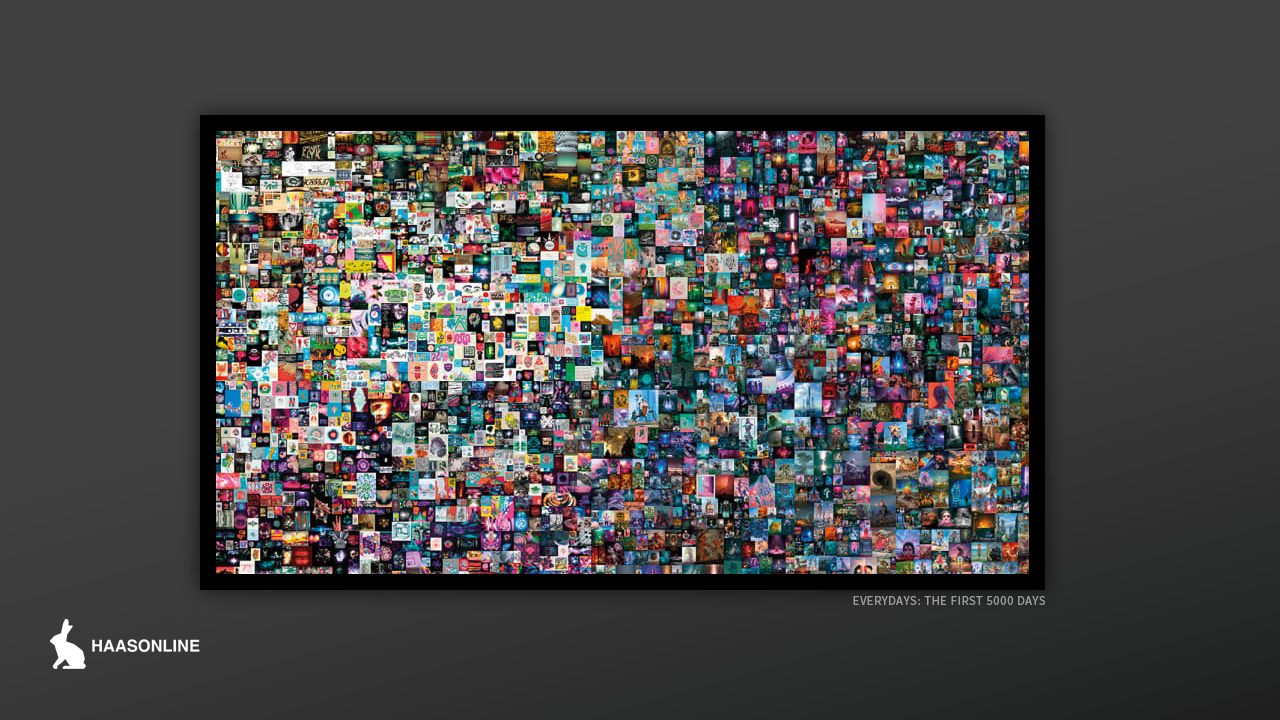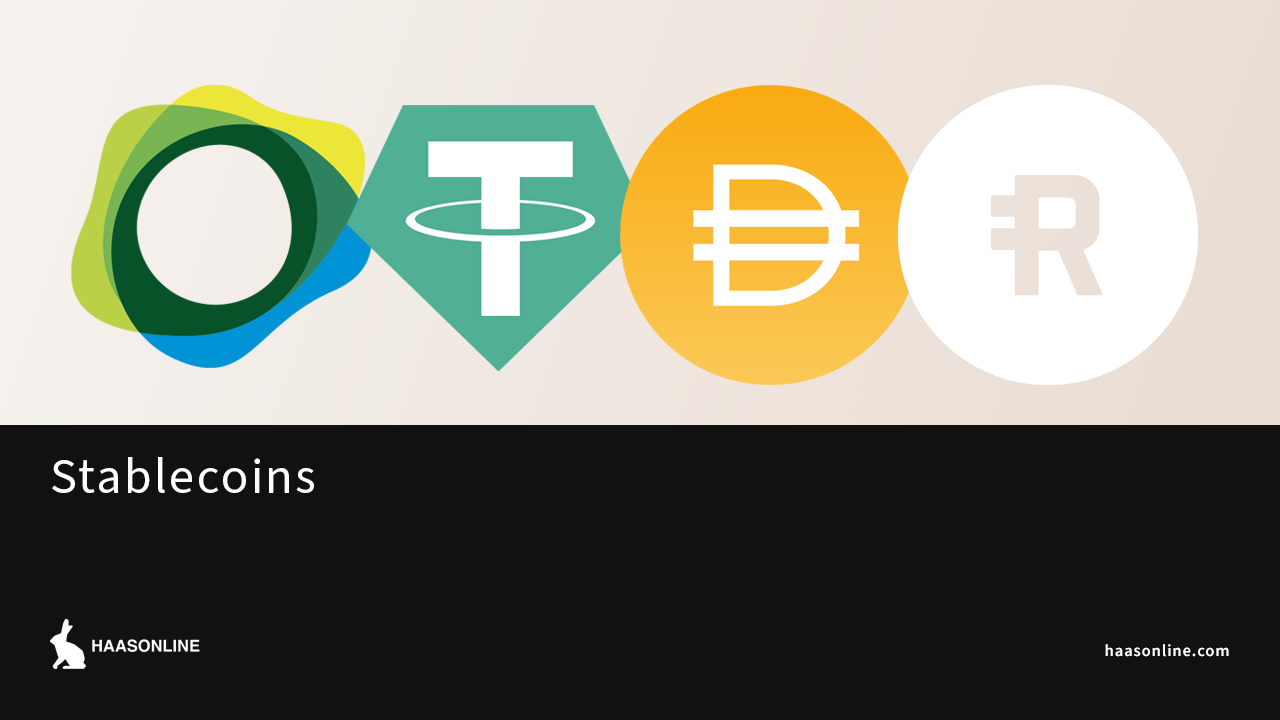What are NFTs and are they here to stay?
A historic moment for NFTs
A piece of digital artwork has been sold for a substantial $69 million at Christie’s auction house, but the winning bidder will not go home with a sculpture, painting, or even a print. Instead, they’ve received a non-fungible tokenA cryptocurrency token is a digital asset that is created and managed on a blockchain network. Tokens are usually created using existing blockchain platforms, such..., or NFT for short, which is a one-of-a-kind digital token.
As you might imagine, the transaction made international headlines, as this is the first time that an NFT-based artwork has been sold at a renowned auction house, sparking the interest of artists and collectors alike.
Still confused? Don’t worry, we’ll do our best to keep things simple and explain everything from the top.
What Is an NFT?
You’re not alone if you heard the words “NFT” or “non-fungible token” and had no idea what they meant. It was a pretty unusual concept before 2021, but in recent months, it’s become increasingly popular to hear it mentioned in relation to digital artworks being sold for millions of dollars.
NFTs are the new trend in the cryptocurrencyCryptocurrency is a digital or virtual currency that uses cryptography for security and operates independently of a central bank. Cryptocurrencies use decentralized technology called blockchain... world. They are cryptographic blockchain-based assets that have unique identifiers and metadata that differentiate them from one another. A BitcoinBitcoin is like a digital treasure that you can use to buy things online. It's like having a secret code that only you know, and..., for example, is exchangeable, meaning that it can be traded or exchanged for another Bitcoin without sacrificing its value. A non-fungible token, on the other hand, represents a digital object such as a painting, animation, piece of music, picture, or video, that comes with a certificate of authenticity generated using blockchainThe blockchain is a digital ledger that records transactions in a secure and decentralized manner. Think of it like a shared spreadsheet that is constantly... technology.
You can think of them as collectibles of the Internet. A digital producer, for example, may create music, a video, or a picture file, and we can all copy it once it’s been published. It is neither unique nor valuable.
But if that producer transforms the file into an NFT, the system adds digital information to it, and the holder of a file containing that data is the rightful owner of the authentic (original) copy. It’s almost as if you’re keeping a certificate of authenticity. This may seem absurd, but these digital collectibles are worth a lot of money. They are sold through online auction websites or through direct buyer-to-seller transactions.
Understanding NFTs
NFTs transform the crypto concept because each of them is created as a unique token, making it unlikely for one non-fungible token to be identical to another. NFTs, like Bitcoin, have ownership information that makes it easy to identify and exchangeA cryptocurrency exchange is an online platform that allows users to buy, sell, and trade cryptocurrencies. These exchanges serve as intermediaries between buyers and sellers,... tokens between holders. In NFTs, owners can also include metadata or information related to the asset.
It all makes sense when you realize that NFTs were developed from the ERC-721 standard. They contain the same fundamental interface – ownership information, protection, and metadata.
When Did NFTs Become a Thing?
NFT technology has been available since the mid-2010s, but it has only recently become popular with CryptoKitties, a digital trading game based on the EthereumEthereum is a type of cryptocurrency that is similar to Bitcoin, but with some important differences. One of the key differences is that Ethereum is... cryptocurrency platform that enabled users to buy and sell unique virtual cats that were stored on the blockchain.
Each crypto kitty is one-of-a-kind. They replicate amongst themselves producing new offspring with different characteristics and attributes from their parents. In a few weeks after their launch, $20 million were invested in Ether on buying, feeding, and caring for these crypto kitties.
NFTs are a perfect match for sports memorabilia, another type of speculative asset whose value is based largely on the prices paid by its fans. The NBA announced a partnership with Dapper Labs in October to sell clips and photos of popular basketball players as NFTs. By the end of February, they had earned more than $230 million.
The sparked interest of NFT is as a result of people appreciating independent artists’ work by purchasing their works, while others are fascinated by the idea of claiming ownership of a digital asset, which has fueled the growth of NFTs.
Why Do People Pay for NFTs?
NFTs are a breakthrough from the reasonably simple idea of cryptocurrencies. Contemporary finance mechanisms provide complex trading and lending processes for a variety of asset types, including real estate, lending contracts, artwork, etc. NFTs are an evolution in the reinvention of this framework since they allow a virtual version of physical assets.
Investments in works of art, photos, videos, and other types of digital files are often made since unique items hold their value for decades, if not centuries. In fact, art is an investment tool that provides artistic enjoyment and a certain kind of reputation, but also holds monetary value.
Here, you might be asking yourself, “How is it possible for a digital item like a tweet or an image to be distinctive when it can be copied with a single click?” Everyone can download Van Gogh’s Starry Night from the Internet or photograph the Venus de Milo while at the Louvre. However, this doesn’t mean that they own the original artworks.
The element that adds value to these digital products is blockchain technology. The blockchain provides true ownership of the product thanks to its special cryptographic features. To put it another way, the product you purchase is a “real digital copy,” and no one can claim your NFT.
Examples of Real NFTs that Have Been Sold at High Cost
· Mark Cuban, the billionaire businessman, sold a motivational quote NFT for $1,700. “No one ever changed the world by doing what everybody else was doing,” the statement read. Cuban receives 15% royalties each time his NFT is resold, according to Business Insider.
· According to the New York Times, a GIF of a toaster-pastry kitty zooming across the sky with an accompanying rainbow was sold for nearly $600,000.
· In less than 20 seconds, musician Grimes (and mother of Elon Musk’s youngest son) sold her NFT collection of digital artworks for $6 million.
Where Can I Buy NFTs?
NFT marketplaces are gaining traction at a growing pace, indicating that NFTs are becoming more popular online. There are many choices out there, so with some research into the different NFTs, you can find the best option for you. Nonetheless, we’ve compiled a list of the most common (and reliable) NFT marketplaces to get you started. Some of them include OpenSea, Rarible, SuperRate, and Nifty Gateway.
A Few Words Before You Go…
NFTs have made major breakthroughs in the luxury and gaming sectors, and there is plenty of room for them to further grow and expand. NFTs bring on new relevance and value to digital art, as the works of digital artists experience massive sales to the new crypto audience. Even celebrities are jumping on board as they see a new way to interact with their fans. Of course, keep in mind that digital art is just one application of NFTs. They can be used to signify ownership of any unique asset in the future.




